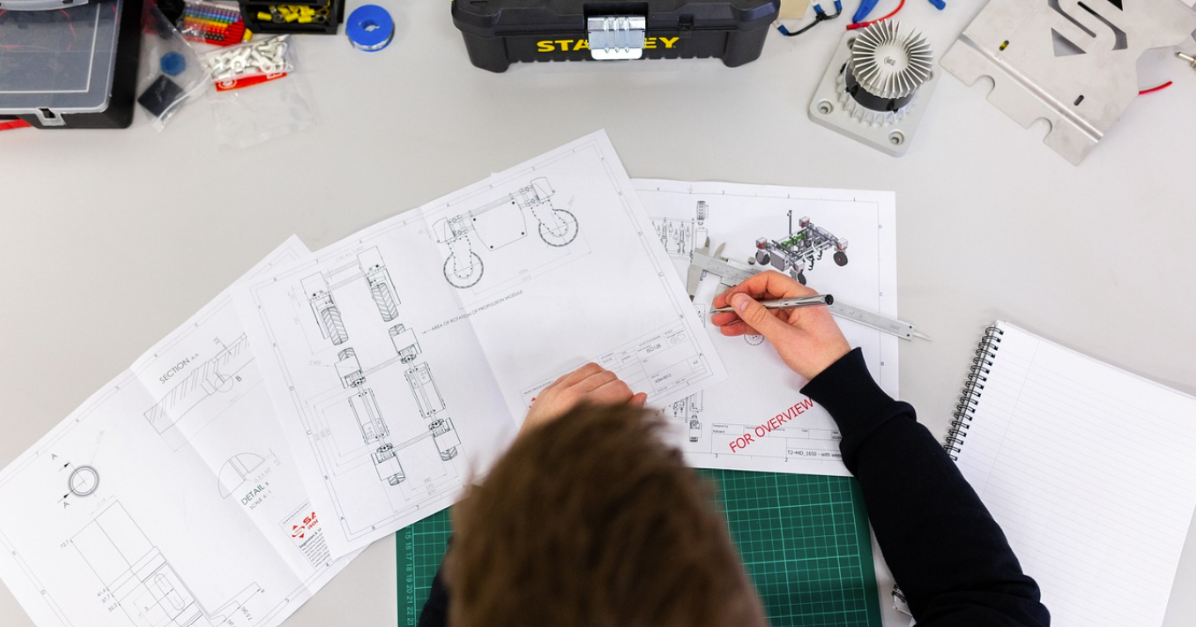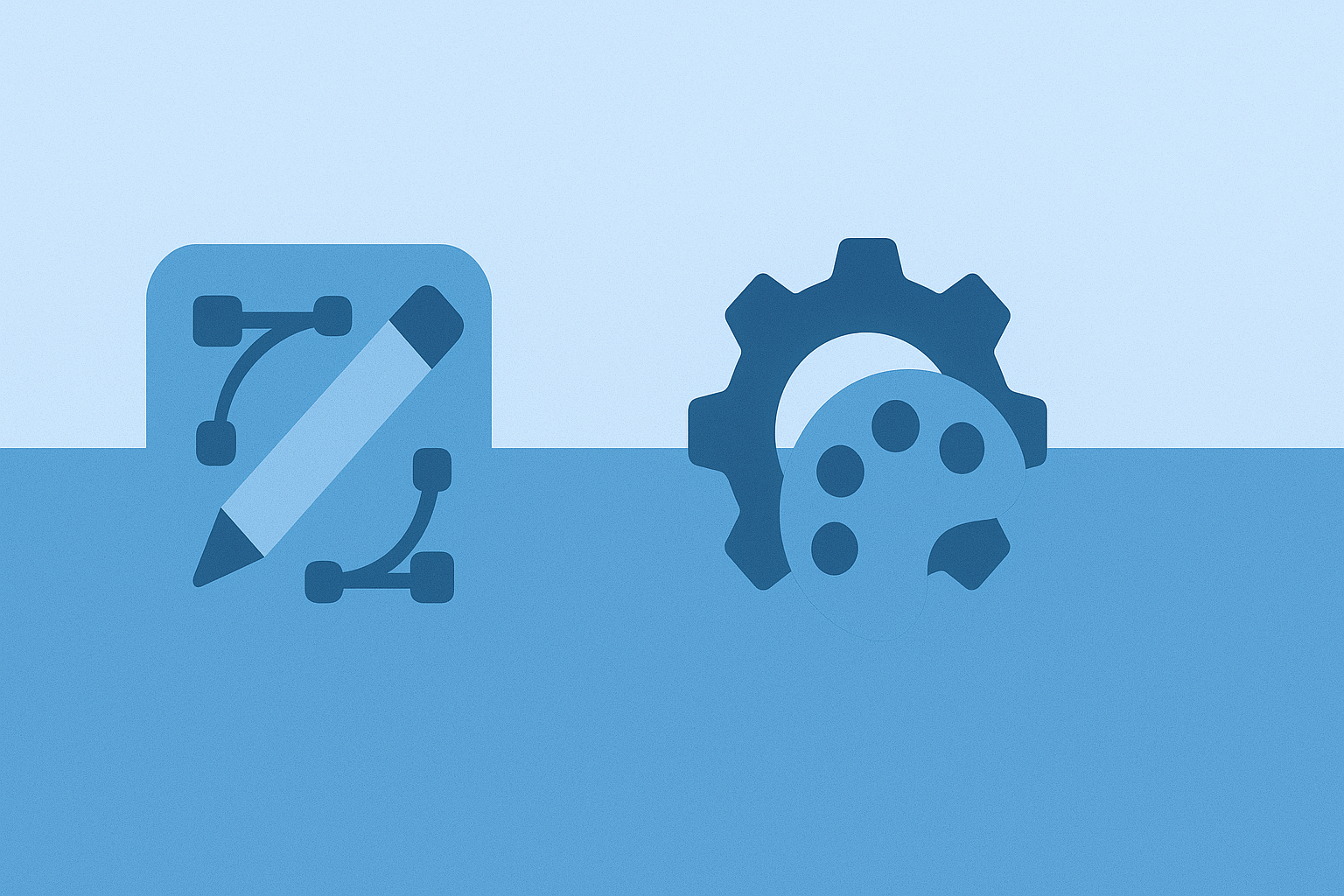Engineers want systems that perform exactly as intended and maintain stability. Software supports that goal by improving how ideas move from concept to working hardware. As such, design now begins with clear visualization and detailed simulation instead of guesswork or trial-and-error. This shift raises an important question: how much influence do modern software tools have on the design of high-precision electronics today?
How Software Improves Outcomes in High-Precision Electronic Design
Manufacturing high-precision electronics depends on getting the design right the first time. For example, a company like OurPCB can only build what the digital files describe, so any mistake in the layout or signals shows up later on the factory floor. That pressure pushes the real work upstream into design software. As such, software impacts high-precision electronic design in the following ways:
Improved Design Accuracy and Reduced Human Error
Software gives engineers tools that make precision easier to achieve. Instead of manually calculating spacing or signal timing, the software checks measurements, alignment, and electrical rules as the design develops. Mistakes that once went unnoticed now surface early, which protects the final layout from avoidable flaws.
Shorter Development Timelines and Faster Iteration
Design cycles move faster when engineers can test ideas in software rather than waiting for physical prototypes. A change that once required days of rebuild and retesting now happens in minutes. This speed allows teams to compare multiple design options and choose the best one without delaying the project.
Lower Costs Through Fewer Physical Prototypes
Physical prototypes are expensive, especially when the design requires tight tolerances or specialized materials. Thus, software reduces the number of prototypes needed because engineers can explore and verify concepts digitally before committing to hardware. Each avoided prototype reduces material waste, rework costs, and engineering labor, which directly benefits the overall project budget.
Increased Reliability With Earlier Issue Detection
High-precision electronics must perform consistently in real environments, not just in theory. Hence, software simulates conditions such as heat, noise, and signal interference so engineers can identify weaknesses early. Detecting issues at the digital stage prevents failures later in manufacturing or field use.
Stronger Collaboration Through Shared Digital Platforms
Software makes collaboration easier because multiple engineers can work on the same design without overwriting each other’s progress. Everyone accesses the same files, which removes confusion about which version is current. Additionally, notes, feedback, and approvals stay attached to the design, making decisions clear and easy to reference.
Better Manufacturability With Production-Aligned Data
Software helps align the final layout with real manufacturing capabilities by generating accurate files, component libraries, and assembly details. Engineers can check spacing, tolerances, and material specifications to ensure they match production requirements. This alignment helps prevent errors that would otherwise appear during fabrication or assembly.
Expanded Innovation Through Simulation, Automation, and AI
Software opens the door to new design possibilities that would be slow or difficult to explore manually. For instance, automation streamlines repetitive tasks, while simulation predicts performance with more accuracy. Additionally, emerging AI tools can suggest routing, optimize component placement, or flag potential risks before they escalate. These features help engineers push boundaries while staying confident in the design’s integrity.
Conclusion
High-precision electronic design benefits from software because it brings structure and clarity to a process that demands accuracy. The work begins on a screen, where the team can test and refine ideas before any material or manufacturing steps take place. This approach lowers risk and makes it easier to create designs that perform reliably in demanding environments.
Published: November 19, 2025




